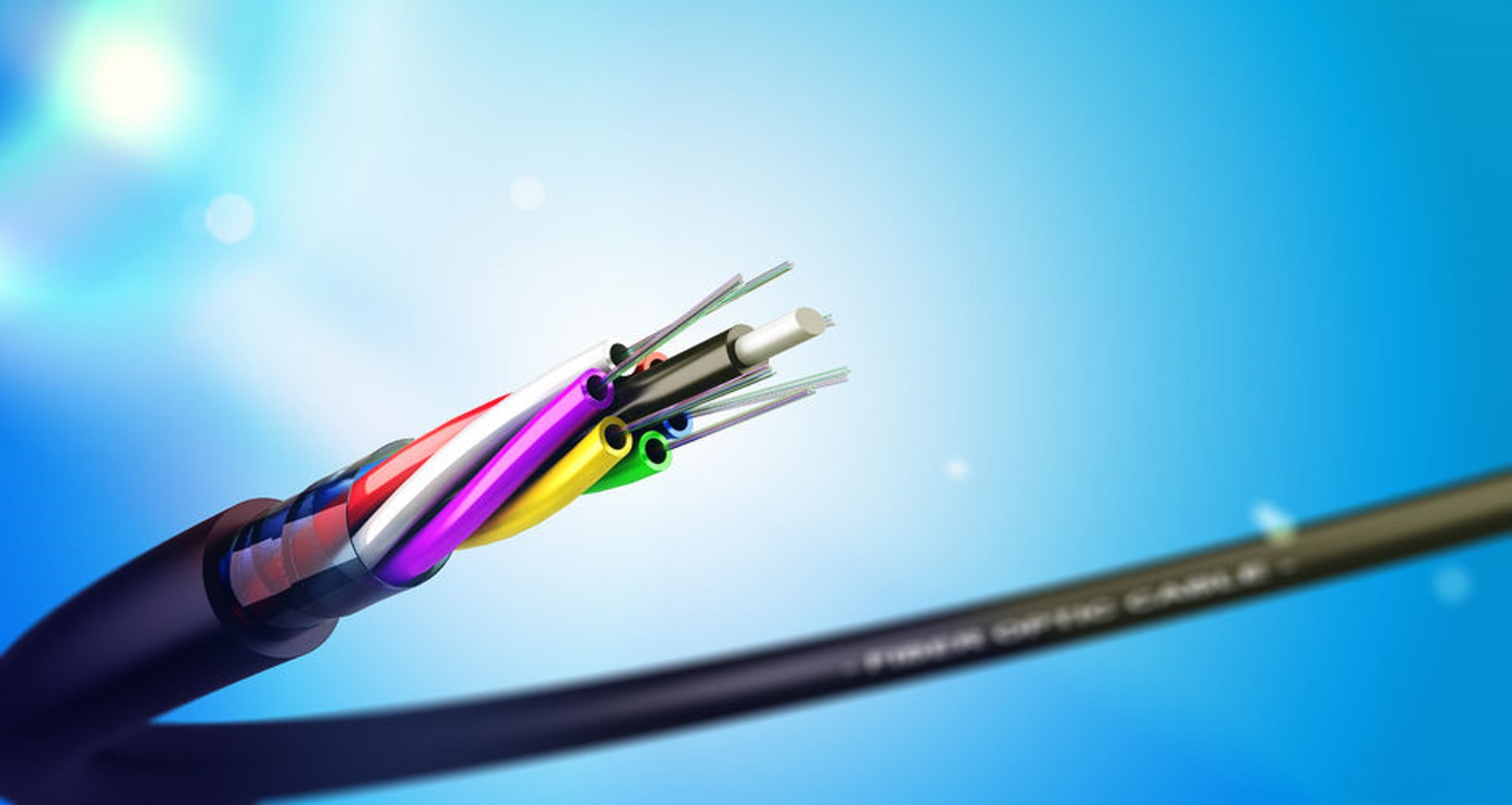In this post of many, many years ago I explained how wind farm trenches are usually built.
In addition to the medium voltage cables, in the trenches usually there are also 2 other type of cables:
- Earthing cables
- Optical fiber cables
The earthing cables are usually made of copper and they are used to dissipate fault currents, coming usually from lightning or short circuits.
Typically the earthing cables connect all the wind turbines with the substation. In the turbine side, they are usually connected with an earthing bar inside the tower.
Additionally, there is also a second earthing system inside the foundation connecting the earthing bar with the steel rebars inside the concrete.
This system usually grant low earthing resistance (<10 Ω) in the majority of cases. In specific situations (for instance, wind turbines in rock with high resistivity) it can be necessary to use additional measure to lower the resistance, for instance using several auxiliary copper rings around the foundation.
The optical cables bring all the information recorded in the wind turbine and the met mast to the SCADA system. Usually there is a software installed in a specialized server in a separated room of the wind farm substation.
From there, the information reach the stakeholders via an internet connection (usually there are remote control centers).
The fiber optic cable usually have from 4 to 16 fibres and, due to the distance, they are usually single mode. The topology of the optic fiber cables connection depend on the redundancy asked to the system. If you really want to avoid the risk of losing control of the turbine in case the optical fiber is damaged somehow, then the correct solution would be a redundant ring topology where a WTG is connected to the SCADA system following 2 different paths.

Leave a Reply